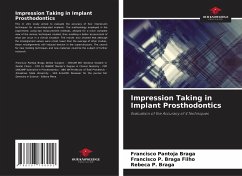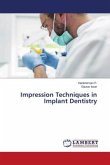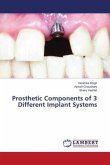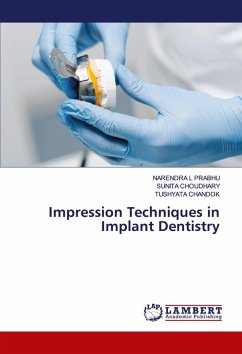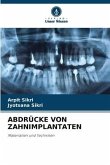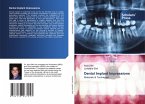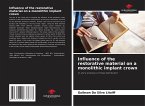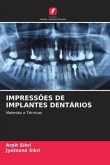This in vitro study aimed to evaluate the accuracy of four impression techniques for osseointegrated implants. The methodology employed in the experiment, using two measurement methods, allowed for a more complete view of the various techniques studied, thus enabling a better assessment of what can occur in a clinical situation. The results also showed that although the misalignment values were small, lower than the average of other studies, these misalignments still induced tension in the superstructure. The search for new molding techniques and new materials could be the subject of further research.
Bitte wählen Sie Ihr Anliegen aus.
Rechnungen
Retourenschein anfordern
Bestellstatus
Storno

